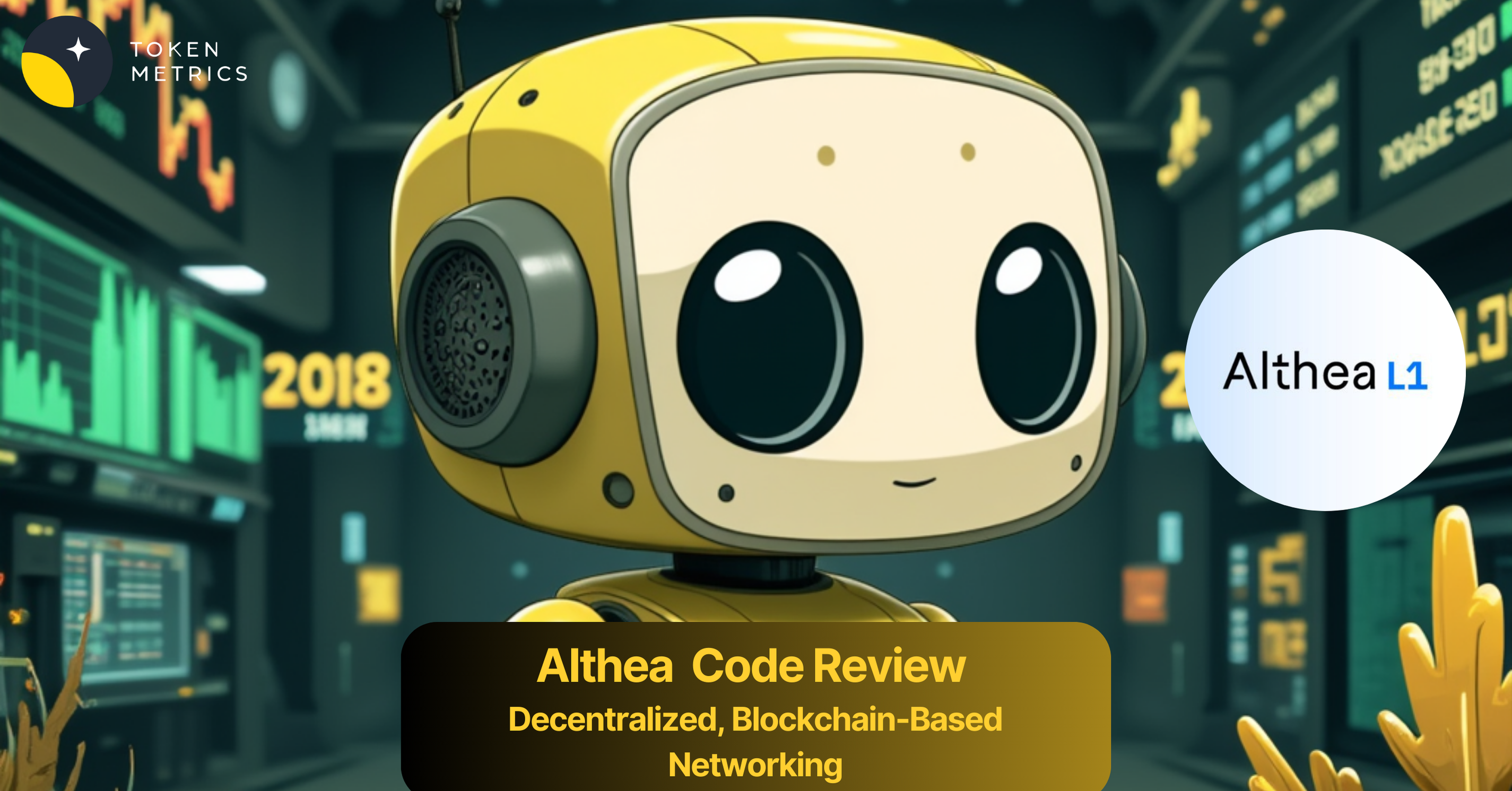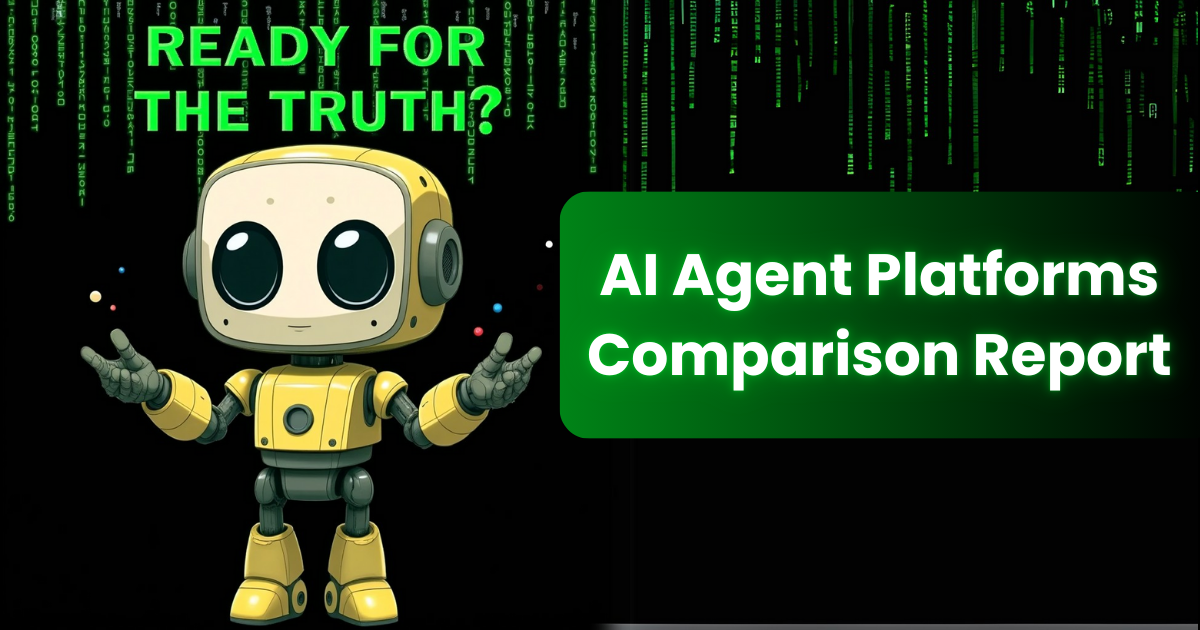Introduction
Althea is a decentralized networking and payment protocol designed to enable community-powered internet access. By integrating blockchain technology, it creates a novel model for distributed ISPs, machine-to-machine micropayments, and tokenized infrastructure. This review provides an in-depth analysis of Althea’s innovation, architecture, code quality, product roadmap, usability, team, and overall potential.
Innovation
Althea introduces a unique approach to decentralized internet service provision. Unlike traditional ISPs, it enables anyone to install networking equipment and participate in service delivery. The protocol is powered by:
- Decentralized ISP Model: Users contribute to internet infrastructure and receive payments in a permissionless system.
- Micropayments via MicroTx Module: Blockchain-powered automatic, contract-secure payments for bandwidth usage.
- Tokenization of Infrastructure: Real-world broadband networks can be tokenized for liquidity and alternative funding models.
- EVM-Based Execution Layer: Althea L1 is a purpose-built blockchain that integrates Ethereum Virtual Machine (EVM) and the Cosmos SDK for decentralized applications (dApps).
Architecture
Althea’s architecture is designed to provide high-availability internet service while maintaining decentralization. Key elements include:
- Tendermint Consensus Mechanism: Ensures secure and efficient block production.
- Modular Infrastructure: Comprises user nodes, intermediary nodes, gateway nodes, and exit nodes.
- Competitive Routing Protocol: Uses a distance-vector protocol for dynamic routing based on quality metrics.
- Native Decentralized Exchange (DEX): Facilitates on-chain token swaps, particularly for stablecoins used in bandwidth payments.
- Smart Payment & Connectivity Layer: Supports contract-secure revenue streams, automated device-to-device micropayments, and seamless provider switching.
Code Quality
Althea’s codebase reflects strong development practices:
- Well-structured and modular code: Designed for easy scalability and integration.
- Security-first approach: Smart contracts and transaction processing ensure transparency and reliability.
- Optimized for performance: Efficient data processing ensures smooth operation even in high-traffic environments.
- Active maintenance and iterations: Continuous improvements since its inception in 2018, making it a robust system for real-world deployment.
Product Roadmap
Althea has a well-defined roadmap focused on expanding its network, improving infrastructure, and increasing adoption. Key upcoming developments include:
- Scaling Althea L1: Further optimizations to enhance blockchain throughput and reduce latency.
- Expanded DeFi Integration: Deepening liquidity for tokenized infrastructure through partnerships with stablecoin providers and liquidity pools.
- Hardware Expansion: Ensuring the Althea Wallet and protocol are compatible with more IoT devices and networking hardware.
- Regulatory Adaptation: Navigating the evolving legal landscape to ensure compliance and seamless user experience.
Usability
Althea offers a promising level of usability but has some challenges:
- Pros:
- Hardware-agnostic wallet that supports multiple chains and bridges Ethereum stablecoins.
- Automated micropayments improve ease of use.
- Competitive market model encourages fair pricing and service reliability.
- Cons:
- Adoption barriers due to technical setup complexity.
- Dependence on blockchain knowledge for full functionality.
- Regulatory uncertainty in certain regions.
Team
The Althea team consists of experienced professionals in blockchain, networking, and decentralized finance. They have successfully developed and deployed the protocol across various regions. However, greater transparency on team expansion and governance developments would improve confidence in long-term scalability.
Conclusion
Althea presents an innovative and well-executed decentralized networking solution. It successfully merges blockchain with internet service provision, offering an alternative to traditional ISPs while creating new financial models through tokenization. With strong architecture, high code quality, and a clear roadmap, Althea has significant potential for growth. However, further improvements in usability and regulatory clarity will be essential to achieving mass adoption.
| Initial Screening | |||
| Keep researching | |||
| Does this project need to use blockchain technology? | Yes | ||
| Can this project be realized? | Yes | ||
| Is there a viable use case for this project? | Yes | ||
| Is the project protected from commonly known attacks? | Yes | ||
| Are there no careless errors in the whitepaper? | Yes | ||
| Project Technology Score | |||
| Description | Scorecard | ||
| Innovation (Out Of 11) | 9 | ||
| How have similar projects performed? | Good | 2 | |
| Are there too many innovations? | Regular | 2 | |
| Percentage of crypto users that will use the project? | 6%-10% | 3 | |
| Is the project unique? | Yes | 2 | |
| Architecture (Out of 12) | 10 | ||
| Overall feeling after reading whitepaper? | Good | 2 | |
| Resistance to possible attacks? | Good | 2 | |
| Complexity of the architecture? | Not too complex | 2 | |
| Time taken to understand the architecture? | More than 1 hour | 0 | |
| Overall feeling about the architecture after deeper research? | Good | 4 | |
| Has the project been hacked? | No | 0 | |
| Code Quality (out of 15) | 15 | ||
| Is the project open source? | Yes | 2 | |
| Does the project use good code like C,C++, Rust, Erlang, Ruby, etc? | Yes | 2 | |
| Could the project use better programming languages? | No | 0 | |
| Github number of lines? | More than 10K | 1 | |
| Github commits per month? | More than 10 | 2 | |
| What is the quality of the code? | Good | 2 | |
| How well is the code commented? | Outstanding | 2 | |
| Overall quality of the test coverage? | Outstanding | 2 | |
| Overall quality of the maintainability index? | Outstanding | 2 | |
| When Mainnet (out of 5) | 5 | ||
| When does the mainnet come out? | Mainnet | 5 | |
| Usability for Infrastructure Projects (out of 5) | 3 | ||
| Is it easy to use for the end customer? | Medium | 3 | |
| Team (out of 7) | 4 | ||
| Number of active developers? | 3+ | 1 | |
| Developers average Git Background? | Intermediate | 1 | |
| Developers coding style? | Outstanding | 3 | |
| Total Score (out of 55) | 47 | ||
| Percentage Score | |||
| Innovation | 16.36% | ||
| Architecture | 18.18% | ||
| Code Quality | 27.27% | ||
| Mainnet | 9.09% | ||
| Usability | 5.45% | ||
| Team | 9.09% | ||
| Total | 85.45% |




